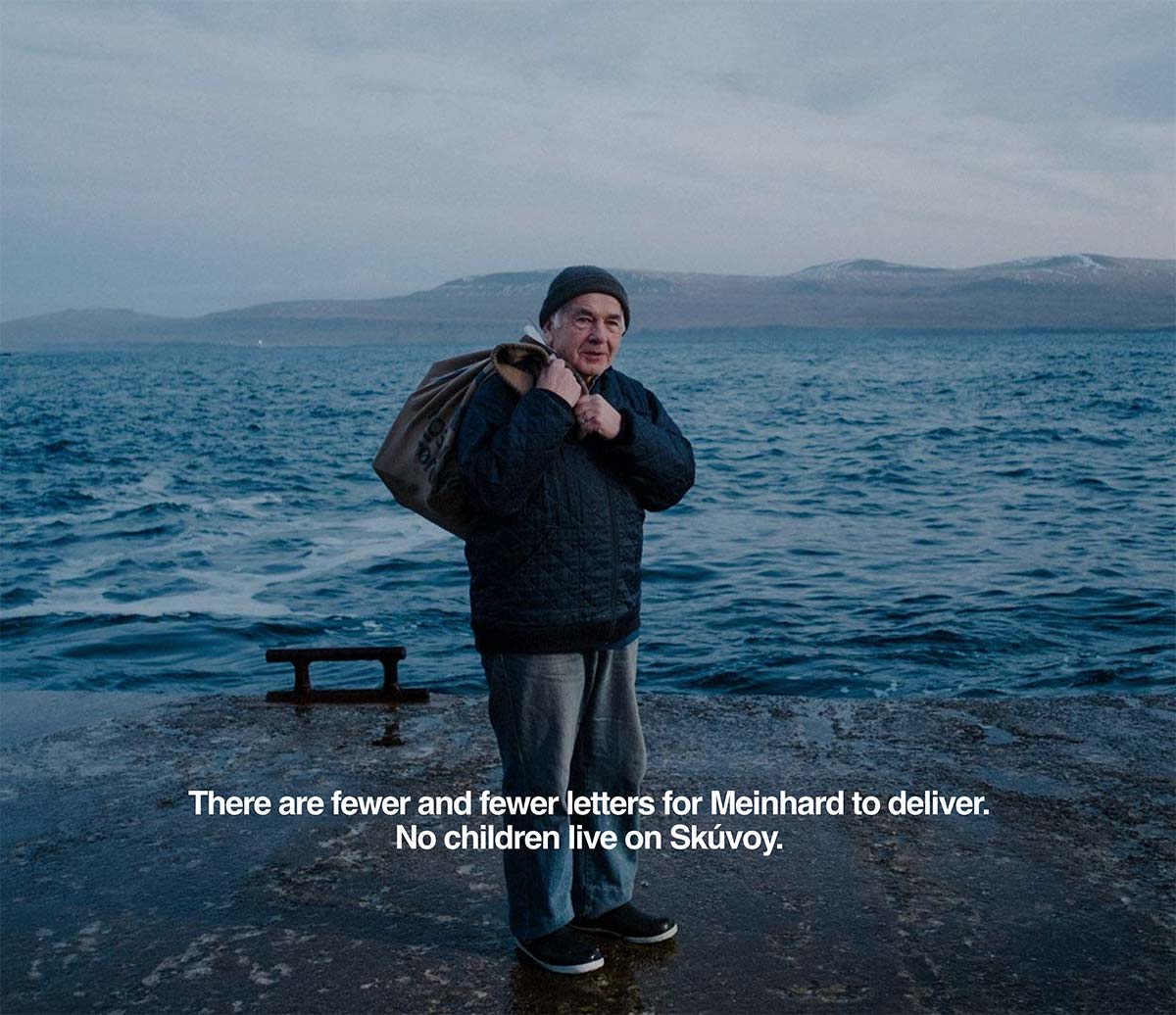There’s something wonderful about putting a name on a letter and knowing it will find its way to a remote destination, passing hand-to-hand until that person can open it. Of course today we send messages around the world in micro-seconds, but for me that only heightens my wonder of the physical post. It’s not just a technical feat, but a complex set of systems and people overcoming geography, weather, and Murphy’s law; there are many steps and many people holding that letter along the way. I want to share more about my love for the post, including how I started collecting Faroese stamps. But today I want to point you elsewhere, to a beautiful story the BBC published in 2018 called “Tales from the far-flung Faroes (The people who live on remote rocks in the North Atlantic) by Christian Petersen”
The title is a bit generic, but behind that link is a beautifully crafted, visually rich story of postal carriers on the Faroe Islands. It’s created with a tool called Shorthand, a unique storytelling platform that I haven’t used myself, but this article makes we want to try it. The story centers around the most remote islands, like Mykines, where Jancy has been the postwoman her entire adult, delivering mail to the 8 other residents in this tiny village. On Skúvoy there is Meinhard, a third-generation postman who meets the boat (or helicopter) three times a week to collect letters and packages. He’s the last in his postal lineage, since his children have already moved to larger islands. In my recent blog post about life on Fugloy I shared a documentary about the village of Hattarvík that included a delivery from the mailboat Másin. This BBC piece includes Fugloy as well, interviewing a postman named Joannes from the other village of Kirkja.
“The Faroese government is keen to encourage people there to move to the remotest islands.”
One of the more interesting themes in this story is how the postal workers view their role as connectors for these remote islands, creating linkages with the rest of the country (and the world). They also mention that the government is encouraging people to move to these far-flung places, perhaps to counter a trend of centralization in the capital of Tórshavn. I’d like to learn more about the policy and cultural decisions that relate to that, especially in contrast to resettlement programs in other places, such as Newfoundland.
Anyway, it’s a lovely piece, one I’ve bookmarked and returned to numerous times. A great example of storytelling around people and place.
